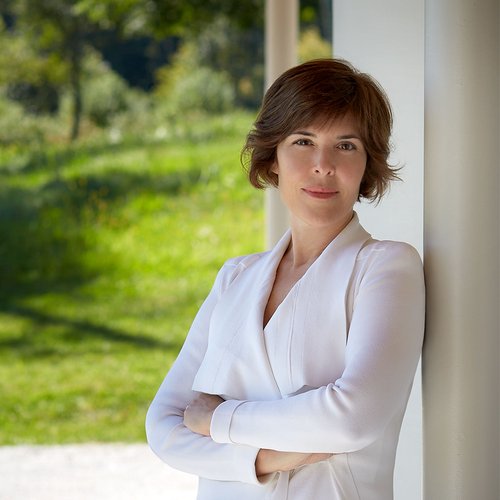
2 min read
Why WLLW Now?
It is my mission to connect our readers with a global network of experts, designers and makers.
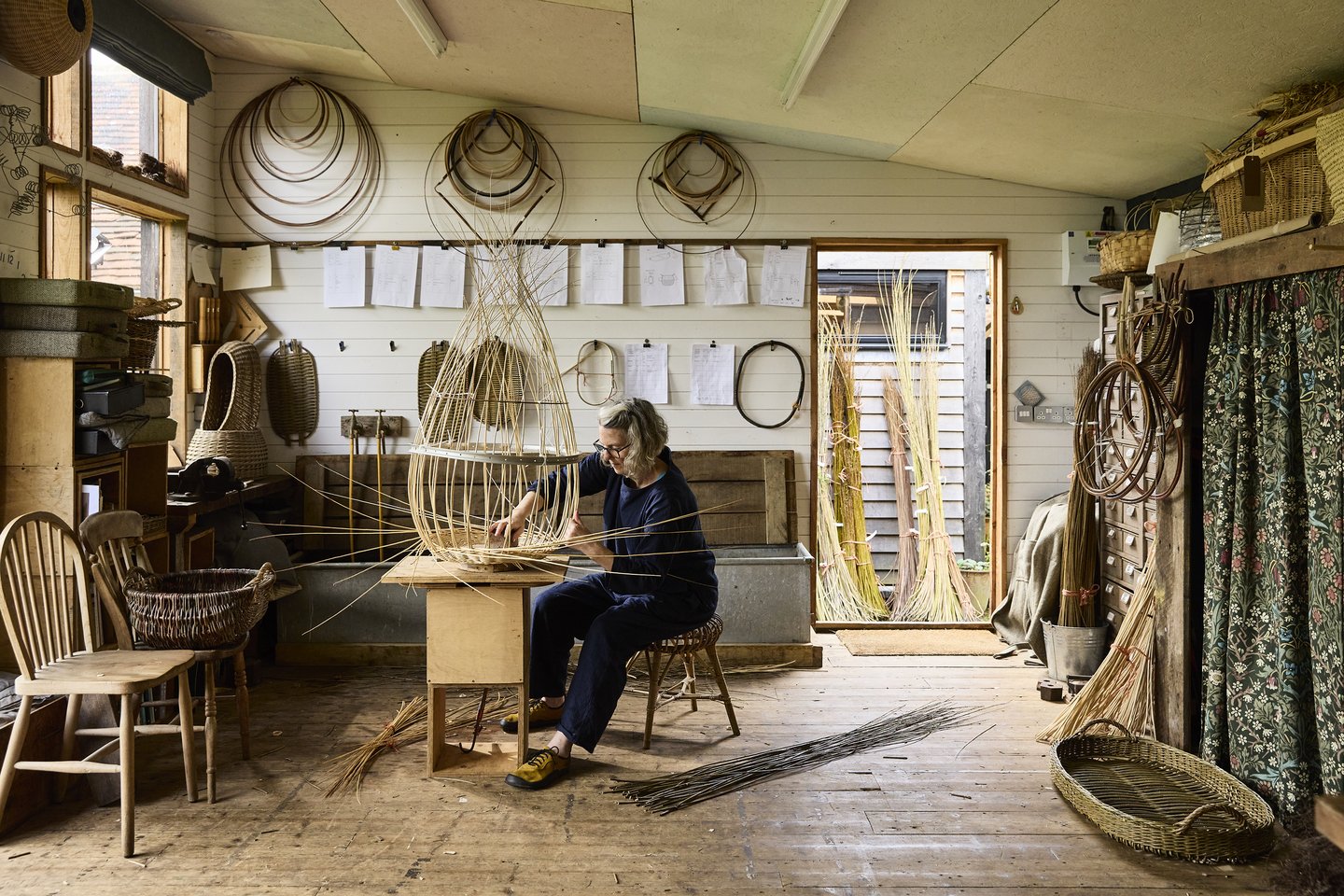
3 min read
At WLLW we seek to inspire a community that values health, sustainability and beauty in design by celebrating the lasting impact of thoughtful craftsmanship.
“Have nothing in your houses that you do not know to be useful or believe to be beautiful.” William Morris, a prominent figure in the Arts and Crafts movement of the late 19th century, was advocating for a design philosophy that emphasized simplicity, utility and beauty. We at WLLW share his ethos, reflecting a deeper awareness of the importance of craftsmanship and the artistic qualities of everyday items.
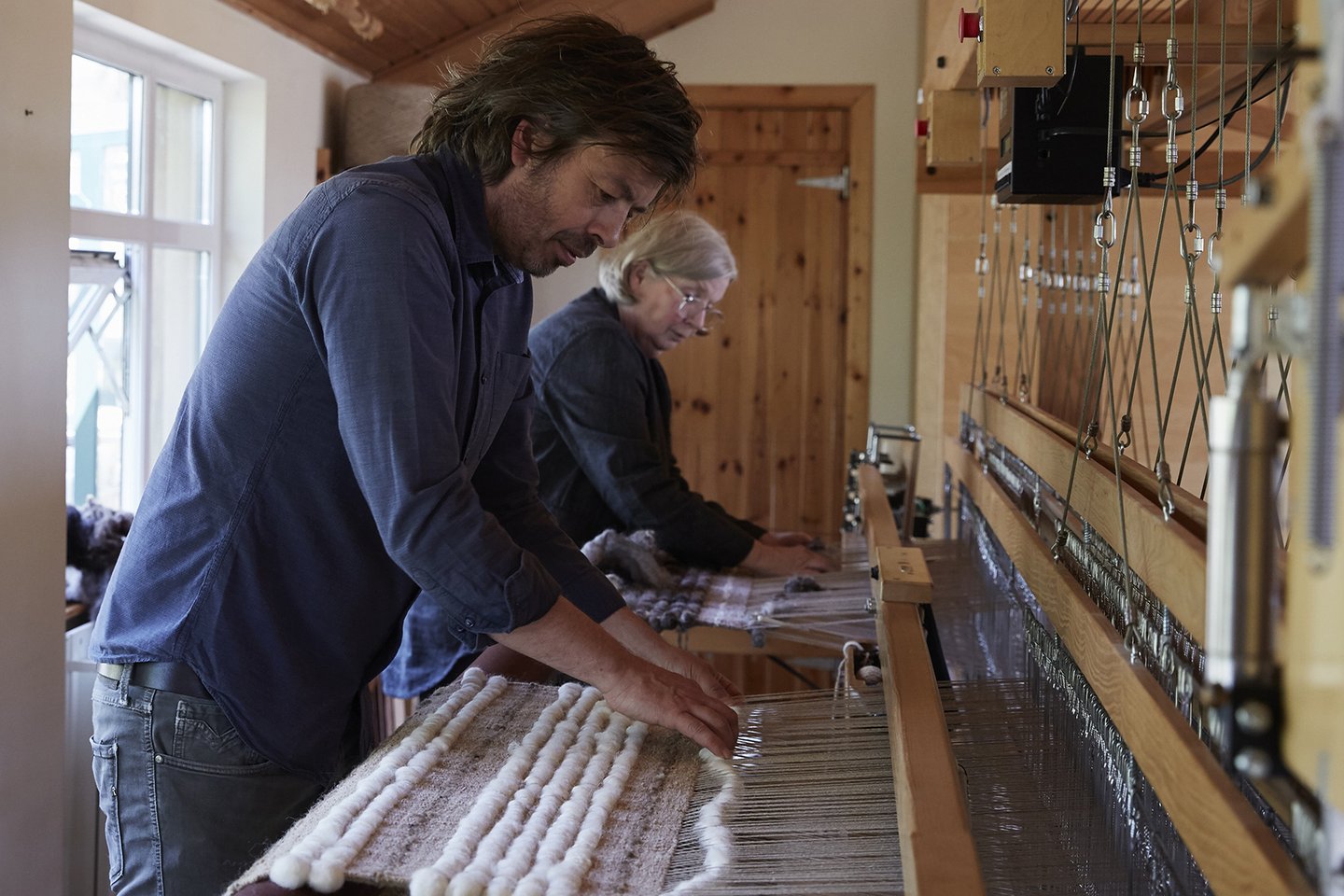
When I founded WLLW, I was inspired to foster a community that embodies a philosophy centered on the appreciation of aesthetics, while also prioritizing environmental health and wellbeing. At the heart of our mission lies a dedication to promoting healthy and sustainable materials and cherishing the beauty found in items built to last. In a world inundated with throwaway practices and wasteful consumption, we strive to encourage circularity and awareness of our impact on people and our planet. Our philosophy resonates with the sentiments in Soetsu Yanagi’s book, ‘Beauty of Everyday Things’, which underscores the significance of the ordinary in enriching our experiences.
Through our commitment to thoughtful curation, we aim to inspire others to embrace a lifestyle characterized by mindful consumption and appreciation for the timeless allure of well-made, beautiful things. Such products have a story behind them, evoking a sense of connection and authenticity, and they carry the spirit of their makers. We are proud to feature the talented individuals and brands within the Maker community who share our values and dedication to quality craftsmanship.
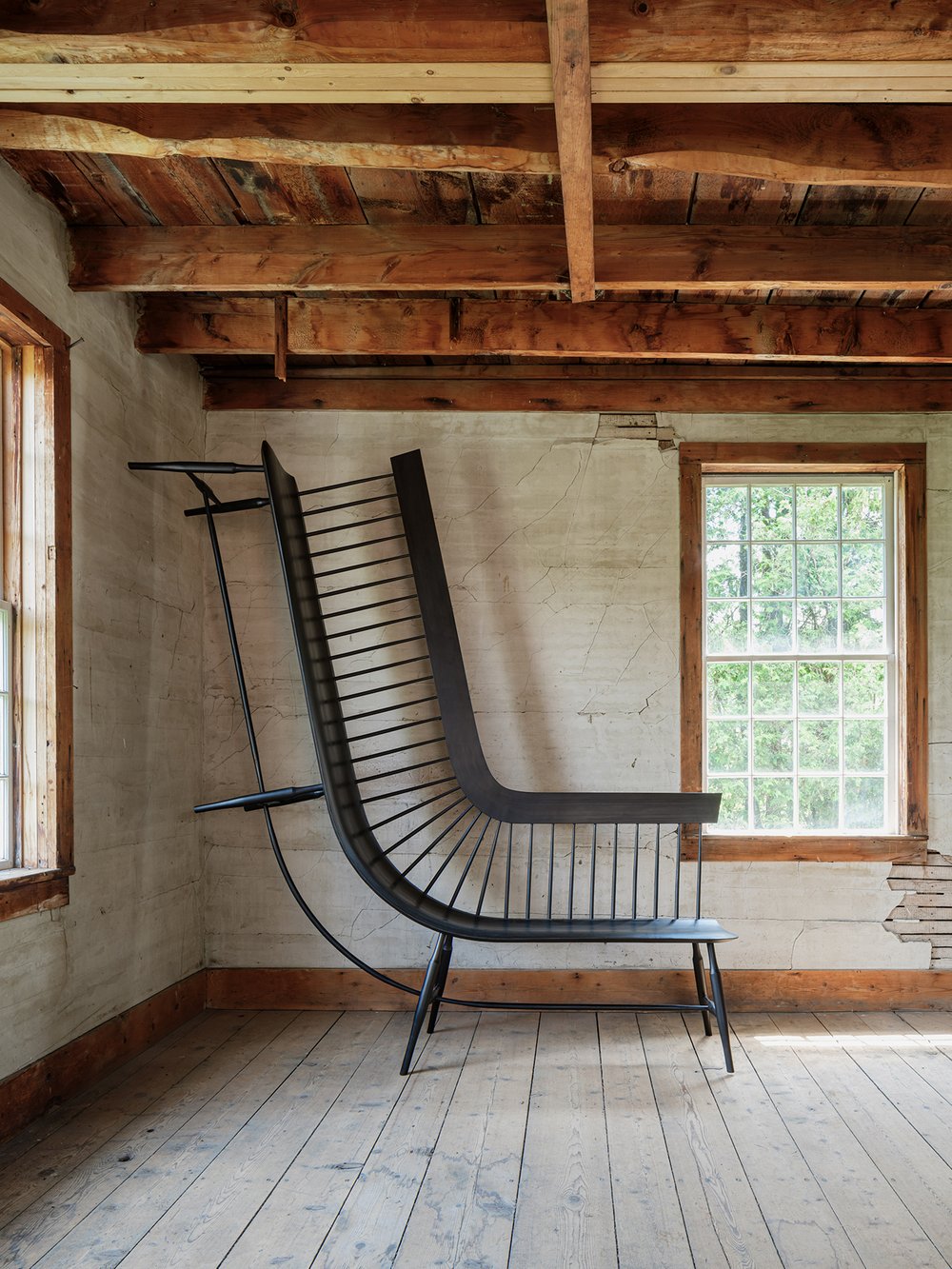

George Sawyer excels in producing future heirloom furniture by using traditional tools and techniques. By sourcing the majority of his wood from within 25 miles of his shop and using age-old, manual methods, George Sawyer’s furniture is both sustainable and durable.
Renowned for its ethos to “live lightly on the land”, Studio Amos creates bespoke woven pieces with timeless elegance, maintaining the natural movement of the living willow. They grow and harvest their own materials, which anchors the artistry to the local area.
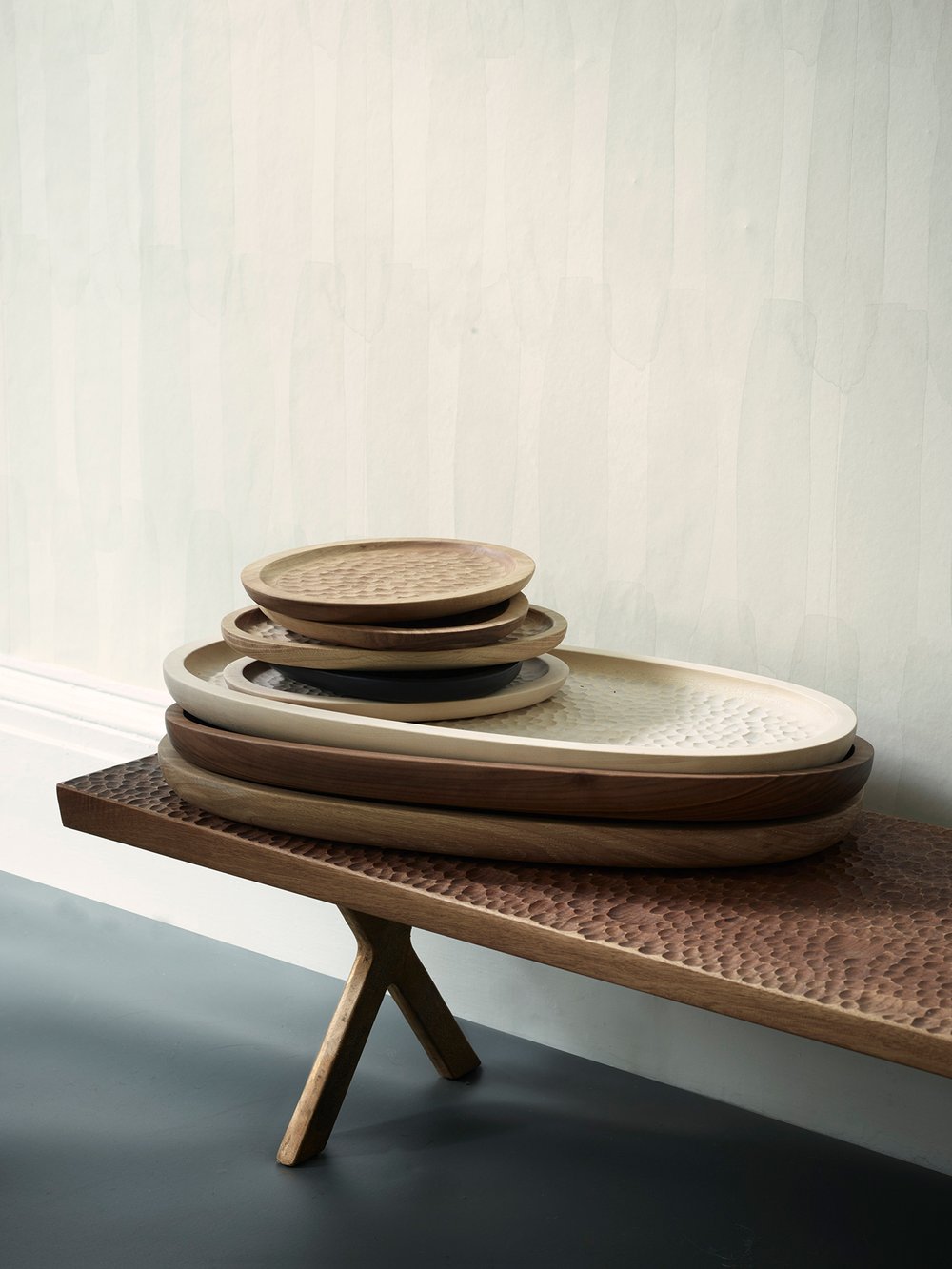
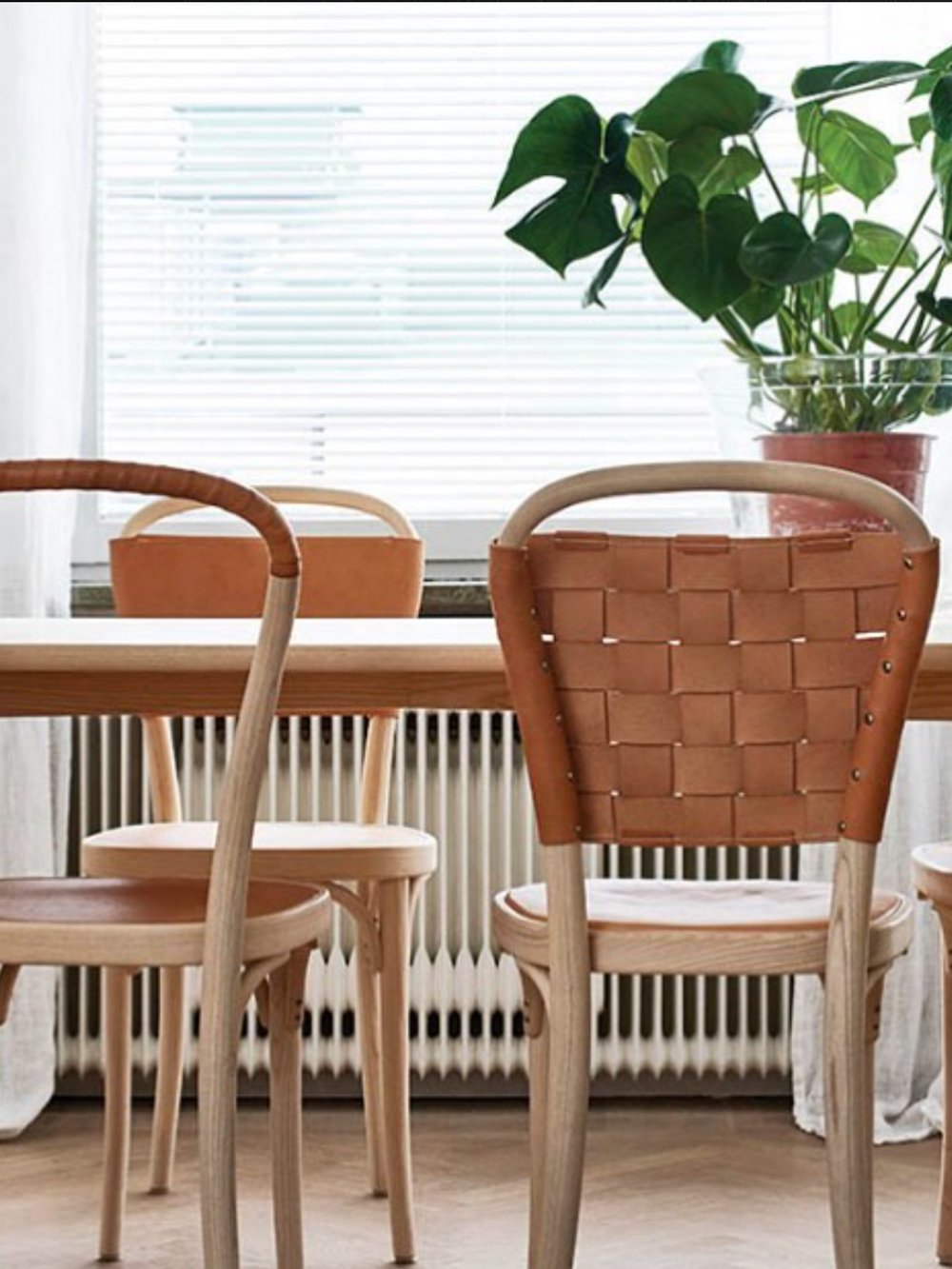
Zanat's craftsmanship shines through its hand-carved furniture, blending artisanal skills with contemporary design. The ancient Bosnian ‘Konjic’ wood carving technique was perfected by generations of the Zanat family and, in part due to their efforts, was added to the UNESCO Intangible Cultural Heritage of Humanity list.
As Sweden's oldest furniture manufacturer, Gemla upholds exceptional craftsmanship with a focus on sustainability and quality. Their passion for caring for the planet is embodied in their commitment to restore and repair chairs they have sold, as many as 50 years previously, to give them a new life cycle.
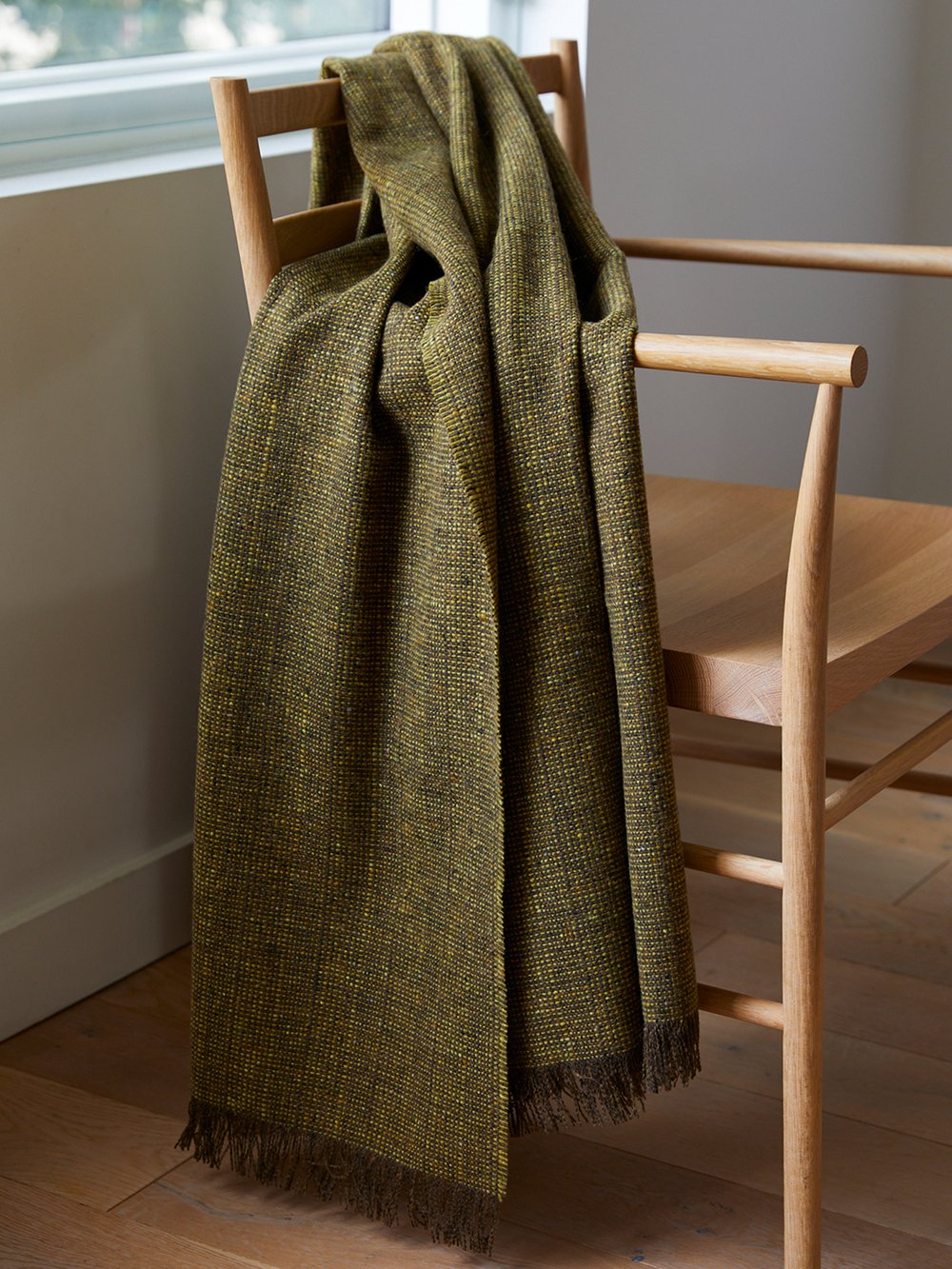

Mourne Textiles preserves heritage skills by infusing traditional techniques into every scarf, blanket and luxury home furnishing fabric, while embracing the beauty and spirit of their local community. They practice sustainable, ethical manufacturing techniques to ensure a low environmental impact.
By working directly with Mongolian nomads, textile brand OYUNA responsibly sources their cashmere from suppliers that safeguard the herding communities and grasslands. Their considered designs, created with full transparency throughout the making process, are made to be signature pieces that last.

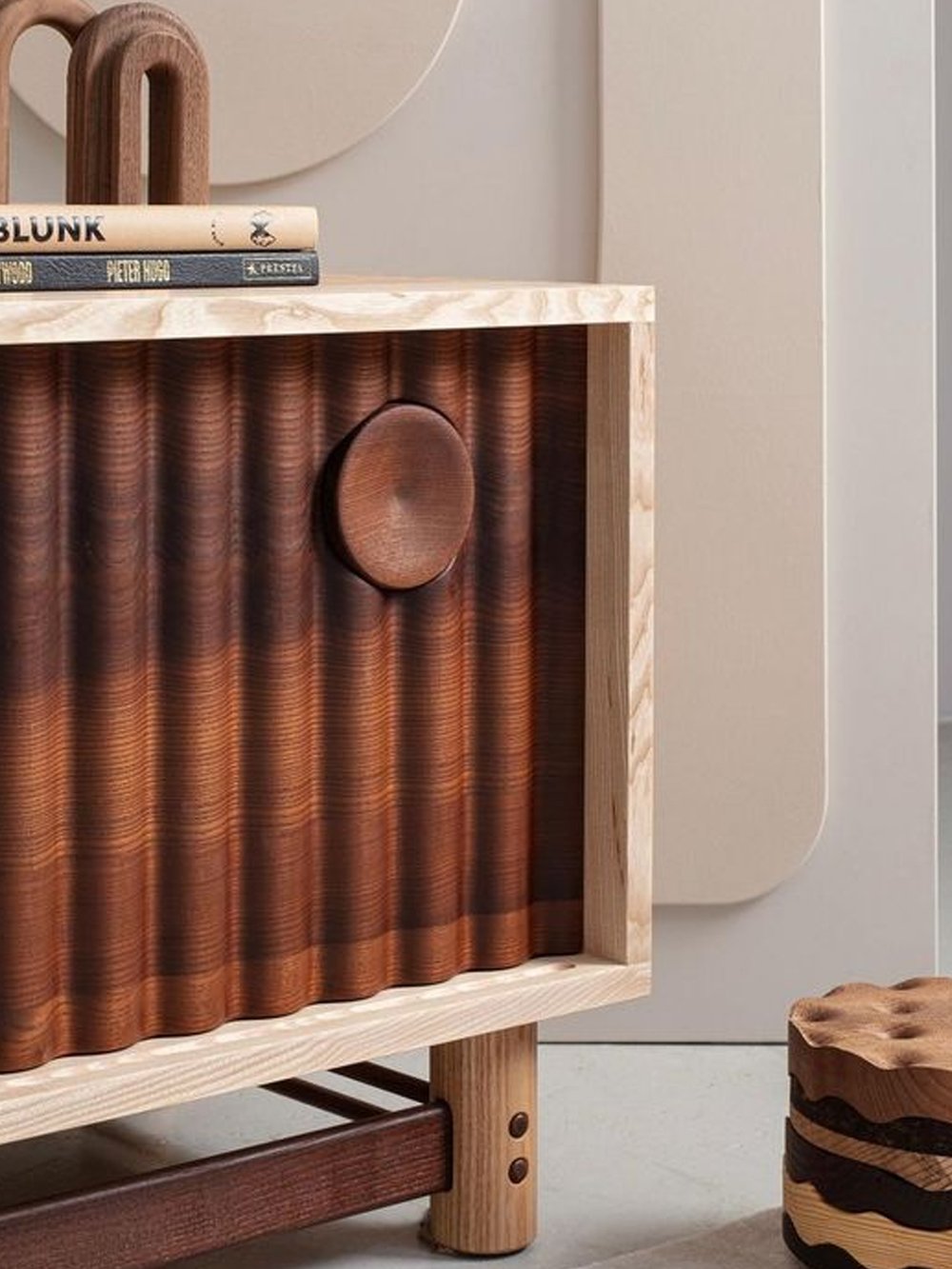
Championing sustainability at every stage of the production process, Sebastian Cox creates beautiful furniture from responsibly sourced, locally grown timber. They are committed to doubling the area of wild land and woodland in Britain by 2040 through their stewardship of woodlands and designing furniture “for a better future”.
An advocate for the use of reclaimed materials as well as a focus on longevity and provenance, Jan Hendzel creates unique furniture focused on tactility and structural simplicity. The studio contributes to the wider community by dedicating its offcuts to create sellable items for charitable initiatives.
It’s essential to recognize the power of collaboration and community in driving meaningful change. Let us harness this collective energy to advocate for healthy materials, sustainability and ethical practices alongside promoting wellbeing through the use of healthy materials. Together, we can build a future where mindful consumption, creativity and compassion intersect, leaving a lasting legacy of positivity and progress for generations to come.

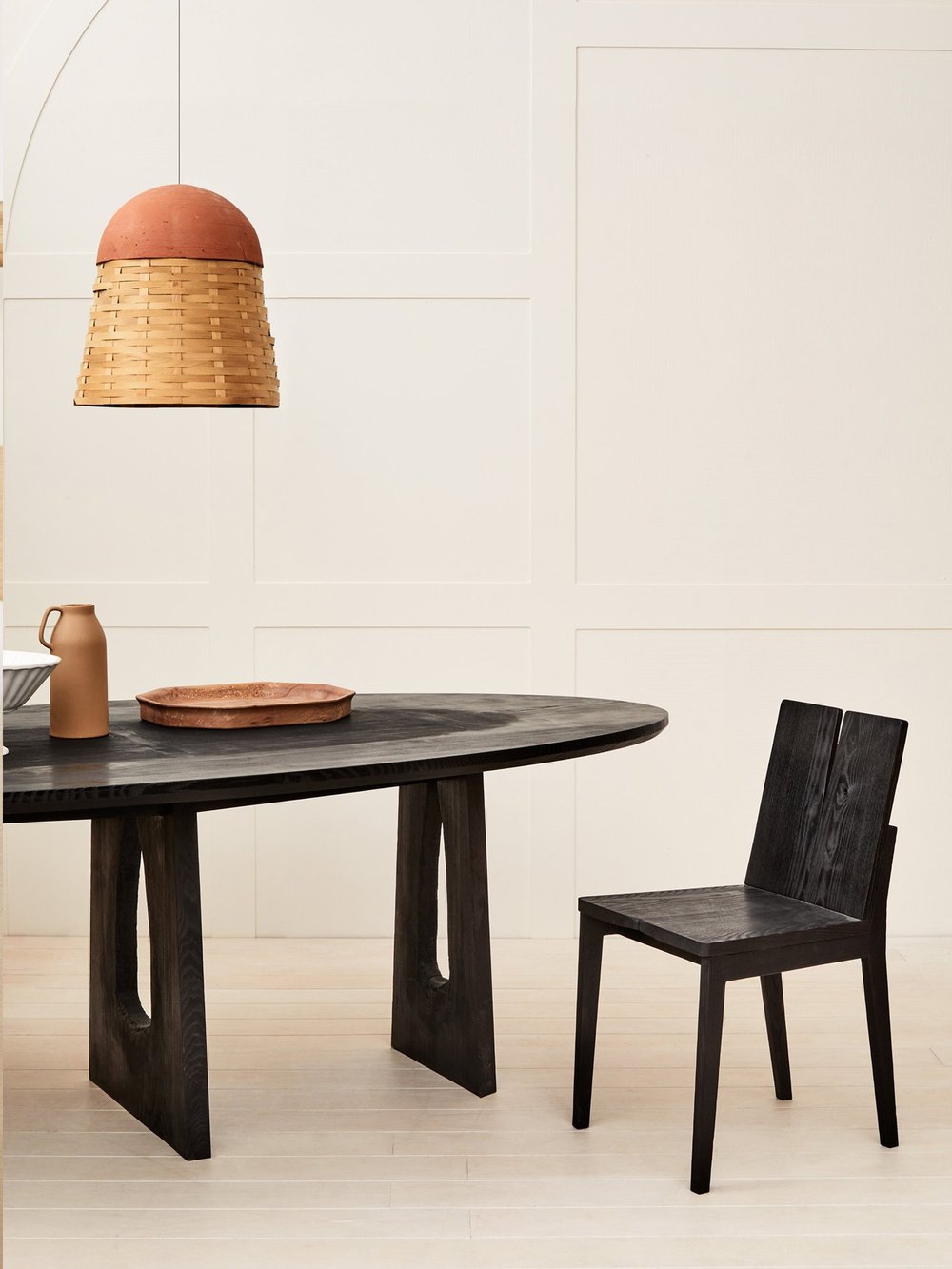
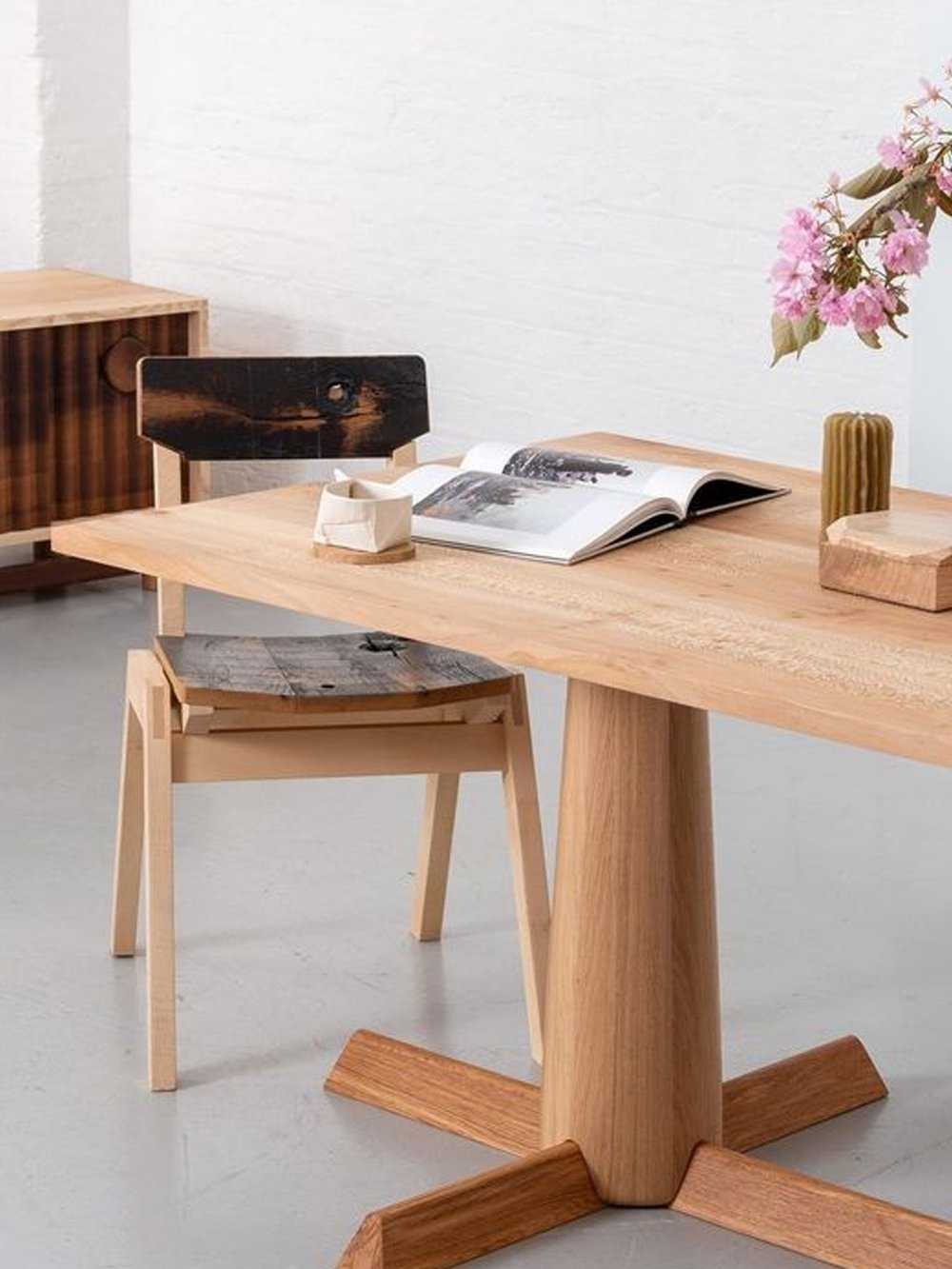
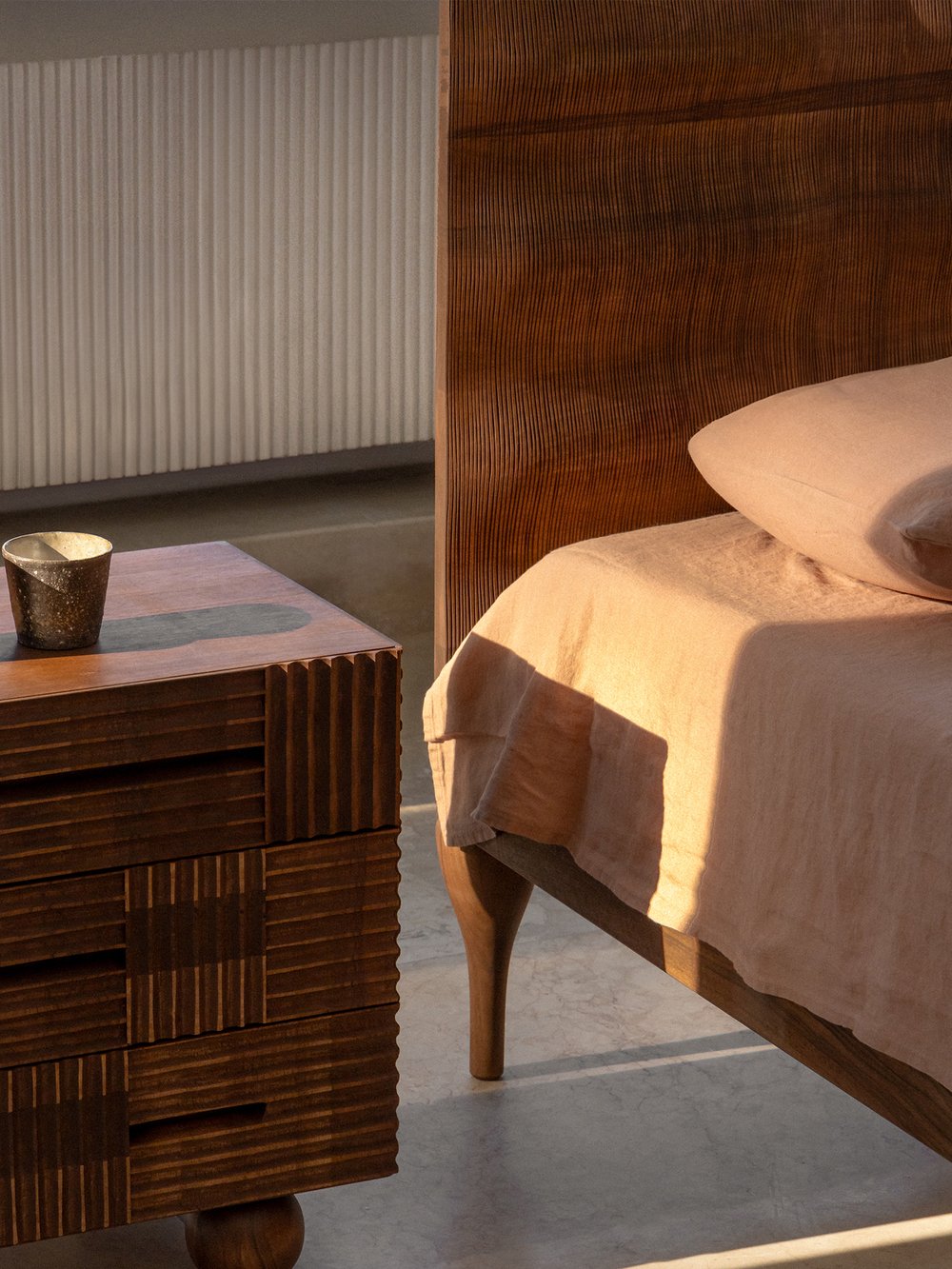
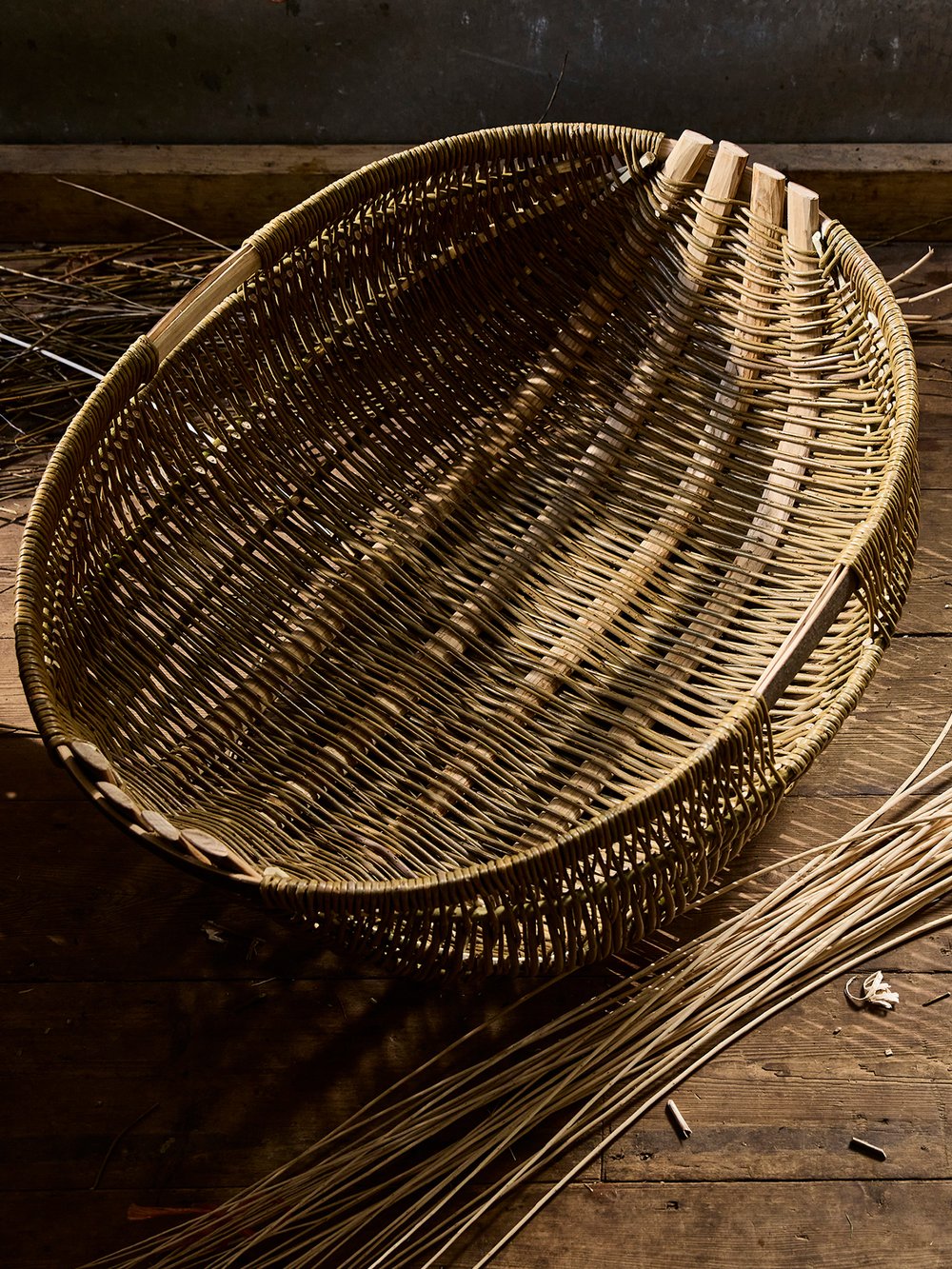
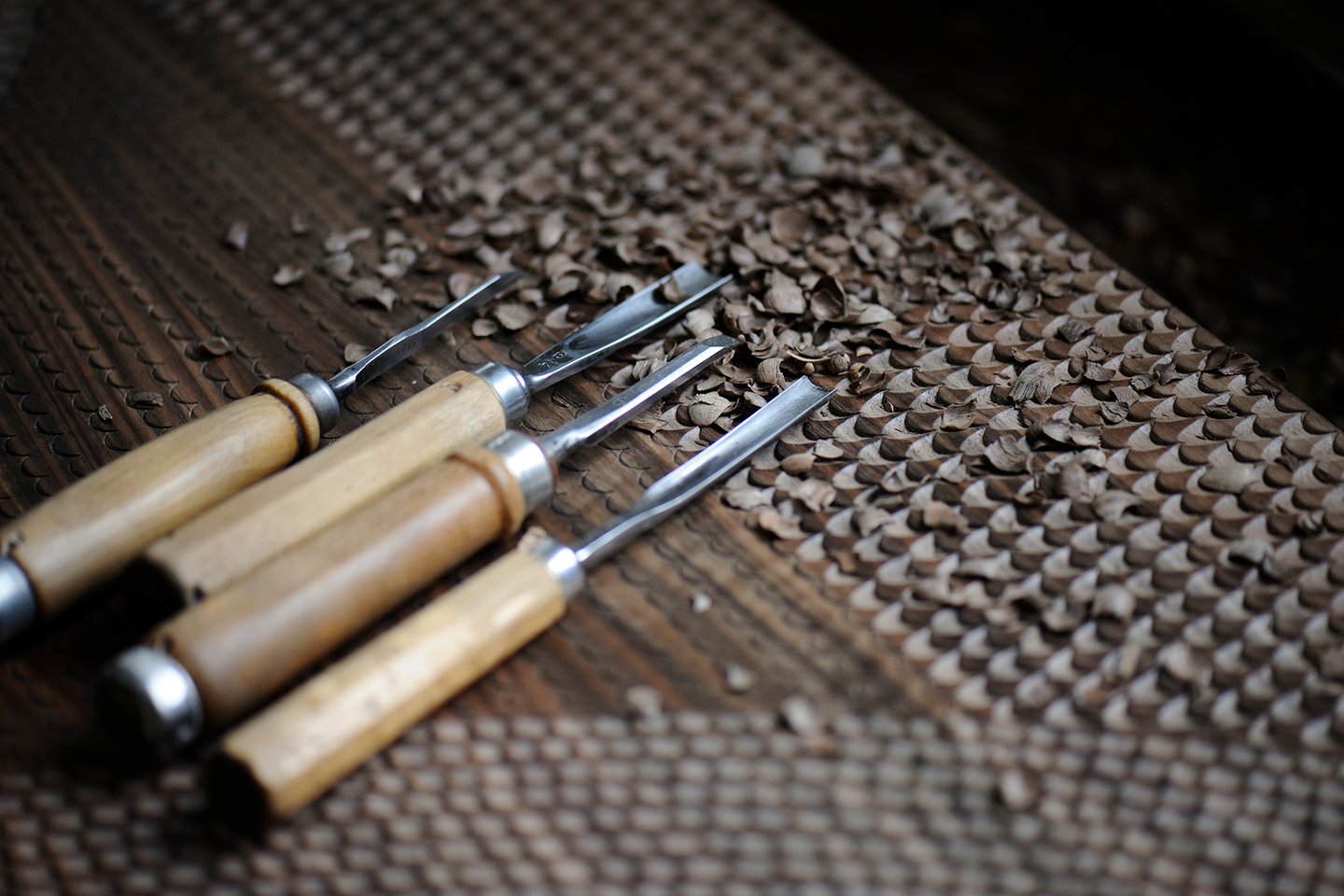
Feature Image: Studio Amos by Petr Krejci
Photography: Mourne Textiles by Tara Fisher Photography, Sawyer Made by Oliver Parini, Studio Amos, Zanat by Martyn Thompson, Gemla, Oyuna, Sebastian Cox, Jan Hendzel by Fergus Coyle, Sawyer Made, Jan Hendzel by Douglas Pulman, Zanat
Further Info


2 min read
It is my mission to connect our readers with a global network of experts, designers and makers.
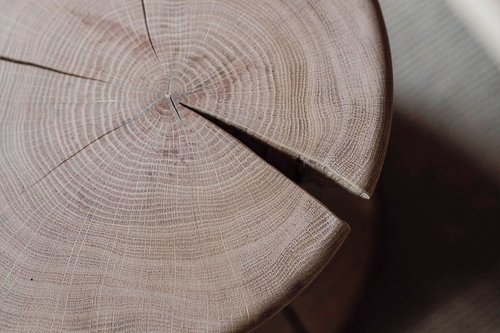
7 min read
How to apply the principles of Wellness Design to the Healthy Home.